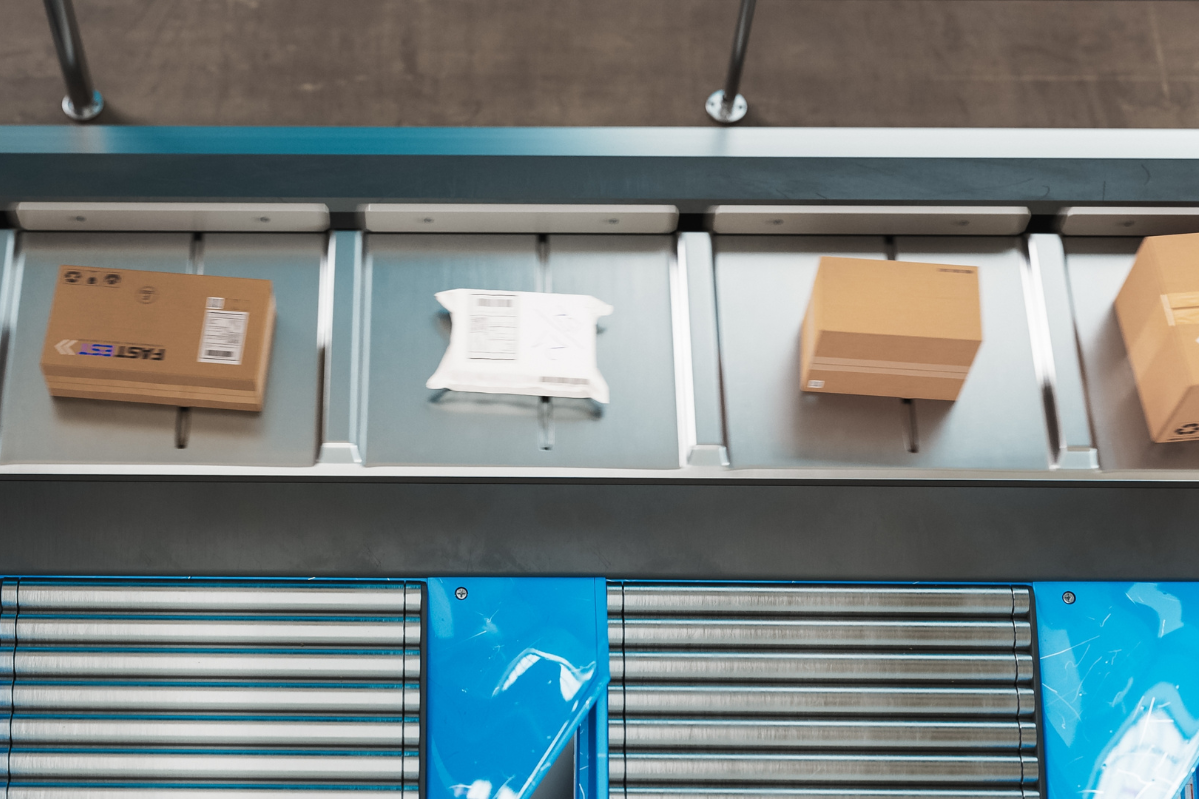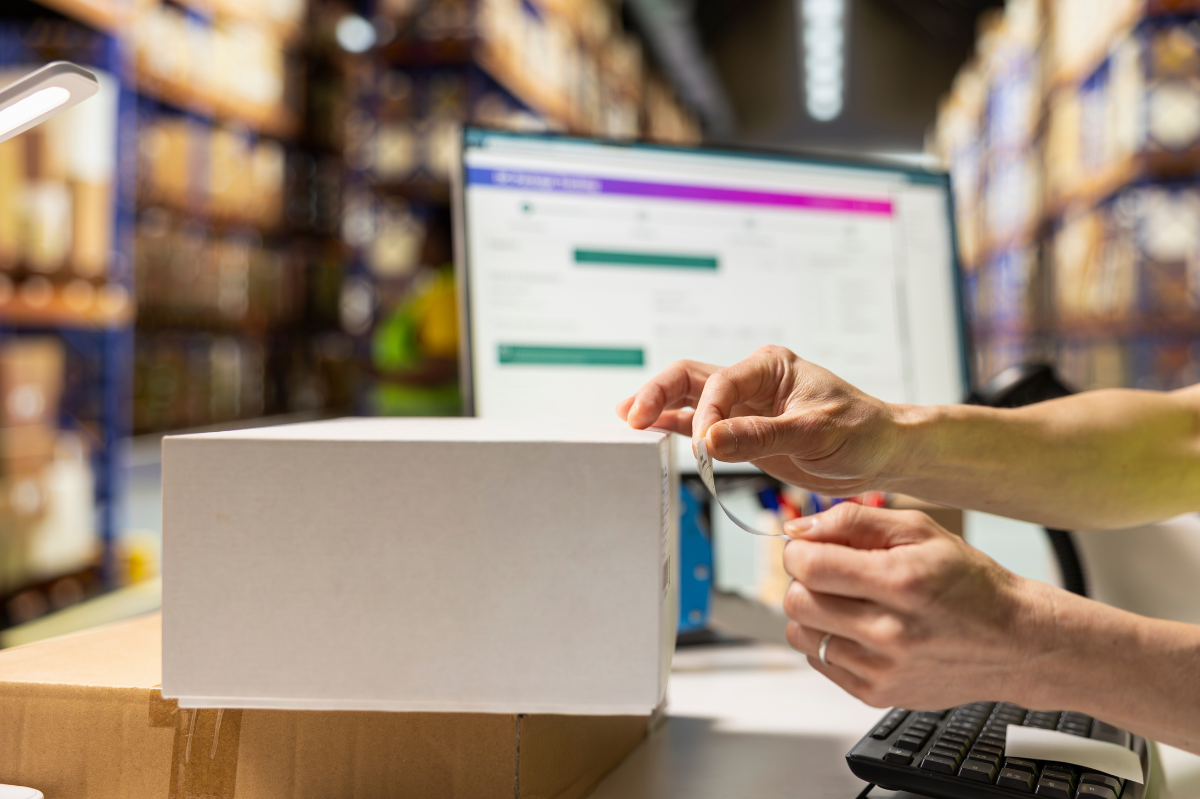In today’s ecommerce landscape—where margins are constantly squeezed by rising acquisition costs and high return rates—shipping logistics has quietly become one of the most effective tools for boosting profitability.
Smart online retailers aren’t just focused on how fast they can deliver. They’re using shipping strategy as a financial lever—optimizing ecommerce shipments to increase profit margin, improve working capital efficiency, and reduce overall shipping costs—without compromising on customer satisfaction.
Rethinking Shipping: Not a Fixed Cost, But a Controllable Variable
Most brands treat shipping fees as fixed overhead. That’s a mistake.
In reality, shipping costs are controllable—and just like media spend or COGS, they should be monitored, tested, and optimized. That starts with clear communication: shipping charges should always be transparent during checkout to prevent unexpected fees, reduce cart abandonment, and improve customer expectations.
Key shipping metrics to track:
- Shipping cost as a % of Average Order Value (AOV)
- Landed margin per SKU
- Zone-weighted fulfillment efficiency
- Dimensional weight surcharge exposure
- Return processing cost per unit
A 4% reduction in average shipping prices on a $12 margin item can drive a 33% increase in contribution margin—without changing your product or its price.
Designing a Margin-Driven Ecommerce Shipping Strategy
High-performing ecommerce businesses treat carrier diversification as a strategic advantage. It’s not just about reducing risk—it's about optimizing for both cost and performance across shipping zones.
For example, Zone 2 and Zone 3 shipments should never be priced the same as Zone 7. Utilizing regional carriers, consolidators, and hybrid delivery services can significantly cut costs—if your logistics infrastructure supports it.
Real-World Ecommerce Business Example:
A DTC electronics brand cut Zone 5–8 shipping costs by 14% by routing orders through a West Coast micro-fulfillment center, combined with a regional carrier offering a 98.7% on-time delivery rate.
Negotiating with major carriers like DHL Express, USPS, UPS, and Canada Post, especially through bulk discounts or ecommerce shipping solutions, can unlock major savings while maintaining fast delivery.
Fulfillment Centers: Inventory Placement That Pays Off
Optimizing inventory placement across multiple fulfillment centers isn’t just about same day delivery. It’s about minimizing shipping costs, reducing split shipments, and improving cash flow.
One brand boosted its EBITDA (earnings before interest, taxes, depreciation, and amortisation) margin by 60bps simply by rebalancing inventory across three nodes—based on a heatmap of historical shipping zones and SKU velocity.
Packaging Strategy: Cutting Waste, Growing Margin
Poor packaging design leads to inflated packaging costs and excessive DIM weight charges.
Large box-to-item ratios, excessive void fill, and inefficient cartonization logic can quietly eat into margins. Smart brands engineer packaging to hit dimensional pricing thresholds, reduce handling time in the fulfillment process, and minimize material usage—all while protecting products and maintaining brand presentation.
A subscription brand improved gross margin by 2.3% by reducing box volume to qualify for a lower DIM divisor.
Switching to eco-friendly packaging materials also reduces cost while appealing to customer preferences for sustainable practices.
Automation: Scale Shipping Processes Without Scaling Labor
Manual processes won’t cut it. Leading ecommerce platforms rely on shipping software and automation to streamline every part of the shipping process—from label generation and carrier selection to returns routing and tracking.
Automation reduces human error, increases shipping accuracy, and optimizes cost at the order level—ensuring efficient, coordinated logistics operations.
Bonus: Operations managers report increased accuracy and fewer SLA penalties after implementing automation rules across shipping workflows.
Delay Mitigation: Protecting Margins With Reliability
Shipping delays don’t just frustrate customers—they chip away at profit.
Delays increase customer service costs, reduce conversion, and erode customer trust. The best ecommerce shipping strategies proactively manage risk by offering expedited shipping (e.g., through DHL Express) and using partners that provide real-time tracking.
Table rate shipping helps align fees with actual costs, while flat rate shipping can incentivize purchases without hurting your margin—as long as it’s backed by solid cost analysis.
Shipping insurance and free shipping promotions can be powerful tools—but they must be priced into your strategy to avoid unintended margin loss.
International Shipping: Turning Complexity Into Opportunity
Shipping internationally opens up new markets, but also introduces more variables—like customs fees, carrier surcharges, and delivery uncertainty.
To turn cross-border complexity into a margin opportunity:
- Understand total landed costs (including duties and taxes)
- Offer a range of shipping methods—especially expedited shipping via trusted providers
- Automate customs documentation using integrated shipping software
- Partner with a specialized logistics company to stay compliant with local regulations
Clear, upfront communication about shipping rates and delivery times builds global customer trust—and improves both conversion and customer retention.
Customer Experience: A Powerful Margin Multiplier
In ecommerce, customer experience is a bottom-line driver. A smooth shipping experience increases repeat purchases, reduces churn, and turns shoppers into loyal customers.
Offer flat rate shipping, free shipping, or fast delivery options, depending on your target audience. Clearly communicate shipping options, timelines, and tracking—this sets realistic customer expectations and reduces post-purchase anxiety.
Actively listen to customer feedback and use it to refine your logistics processes. The more aligned your shipping services are with what your audience wants, the higher your average order value and customer lifetime value.
Logistics Data = Financial Intelligence
Your shipping logistics data holds the key to better financial decisions. But too often, it's scattered across tools.
Unifying your ecommerce shipping data enables:
- Real-time margin analysis by SKU, shipping region, or carrier
- Predictive insights on carrier rate increases or seasonal volatility
- Modeling return rates by shipping method or packaging type
- Verifying shipping labels to recover costs from billing discrepancies
Treat your inbound logistics and ecommerce shipments as a core financial system, not just an operational backend.
Final Thought: Logistics Belongs on the Balance Sheet
Shipping logistics isn’t just about moving products—it’s deeply tied to inventory turnover, working capital, and overall profit margin.
The best-run ecommerce stores are investing in logistics like they would in marketing attribution or ERP systems. Whether it’s through a third-party logistics company, smarter fulfillment centers, or modern ecommerce shipping solutions, the goal is scalable, profitable growth.
Shipping isn’t just part of the supply chain. It is the strategy.
Want to turn your shipping logistics into profit? Chat to our team of experts today.
Related Topics
Learn how VESYL can save you money on shipping
Not sure which plan suits you best? Have questions about our software? Contact our sales team for expert guidance.

.png)
.png)




